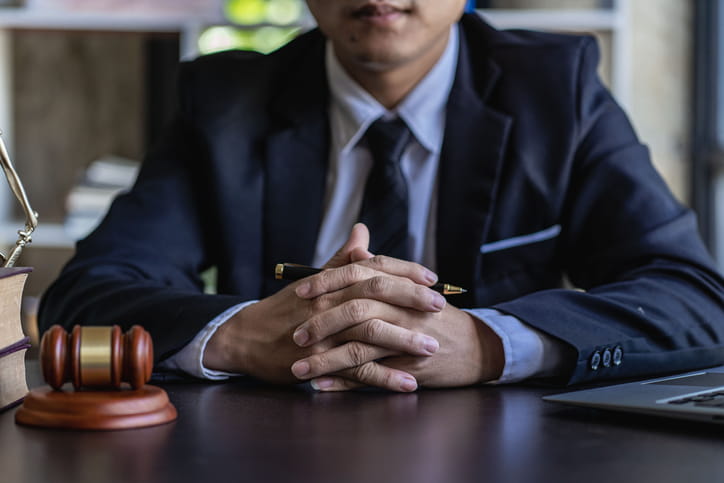How To Prove Negligence
With any personal injury claim, it’s essential to prove your case. Of course, the big question is how to go about doing just that. How you show that negligence occurred is a vital part of any claim for compensation. Our Denver personal injury attorneys explain how to prove negligence in a personal injury case.
8 Steps to Prove Legal Negligence
Here are the steps to proving negligence:
1. Investigate How the Accident Occurred
First, you need to know how the accident occurred. Review the facts and circumstances leading up to the accident. Consider factors like the conditions of the road or the property in question, weather conditions, maintenance and anything else that may have played a role in causing the accident to occur. Once you find out exactly what happened and why, you can work to determine whose actions may have amounted to negligence.
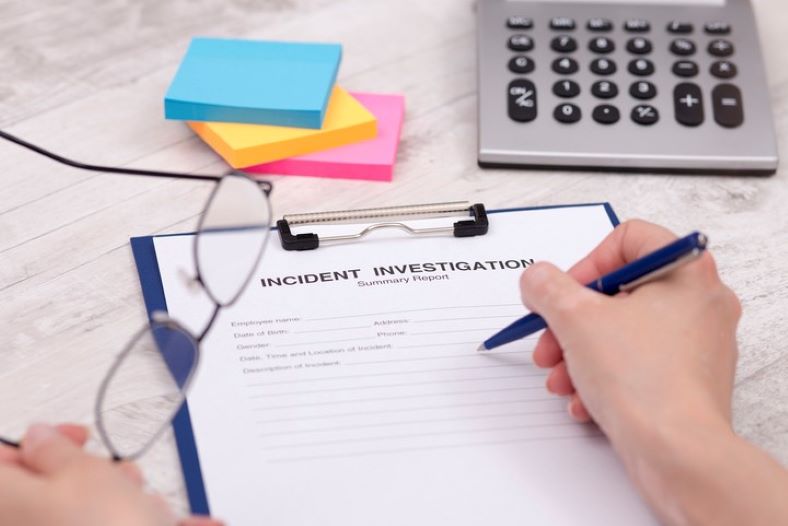
2. Determine How a Reasonable Person Would Have Acted
A negligence claim is based on a failure to act reasonably under the circumstances. That means everyone involved must live up to the standard of a reasonable person. It is not an impossible standard. It is only the minimum of what an ordinary person would do under similar circumstances. What’s acceptable in one scenario may not be in the next situation.

3. Evaluate the Actions of Each Party Against the Reasonable Person Standard
Once you understand reasonable behavior, it’s time to evaluate the actions of each party involved. Review their actions and their role in the accident against the standard of a reasonable person. Determine if the person acted reasonably or if they are responsible for negligence.

4. Gather Proof of the Duty of Care
Once you establish who is negligent, it’s time to begin gathering proof. Begin with proving the duty of care. That is, you must prove that the other party had a duty to act reasonably. Usually, this is quite simple. For example, you show that the individual was driving a vehicle on the road, inviting customers to their property for business purposes or even providing medical care.
5. Gather Proof of What’s Reasonable
The next step is to prove that a party failed to live up to the reasonable person standard. How you do this depends on what happened. For example, evidence of a traffic violation may be proof of driving negligence. Experts or others involved in the industry may testify to what’s acceptable in their industries.
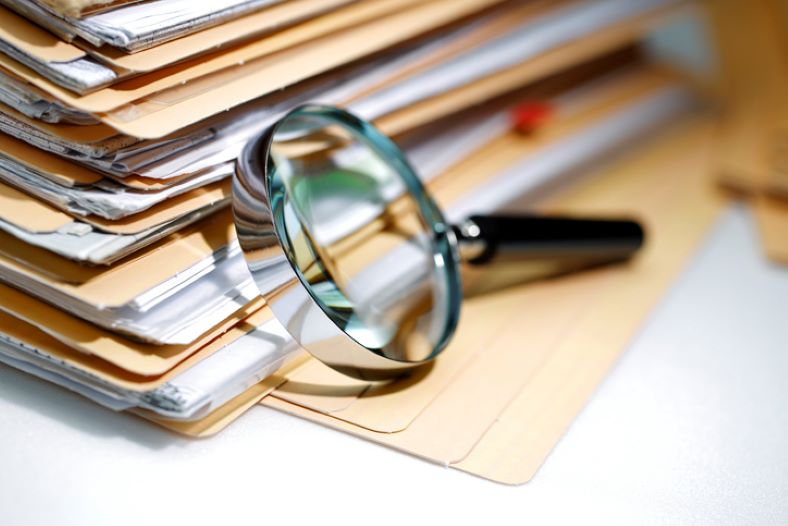
6. Gather Proof of Each Person’s Actions in Contributing to the Accident
It’s up to you to prove what each party did to act negligently. To show that someone acted negligently, you must have proof of what they did. Witnesses, photos, documents and admissions may all be evidence used to prove someone’s actions.

7. Prepare Summaries, Demonstrations and Arguments To Explain the Evidence
Once you’ve presented the evidence of the actions of each party and shown the jury what’s acceptable behavior under legal standards, you need to help the jury put it all together. Visual demonstrations and arguments can help the jury synthesize the evidence and understand what they have been presented.
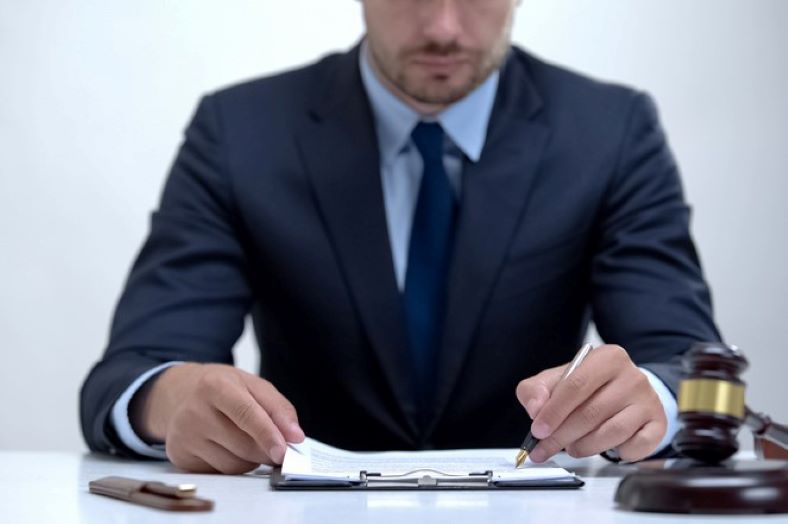
8. Counter Arguments Made by the Defense
It’s not enough to prove your case. You must also counteract the defense and their attempts to deflect from the case at hand. Be sure to anticipate what the defense is going to say about the issue. Prepare evidence and arguments that you need to counter their defenses to negligence.
Remember, proving negligence is one crucial part of any personal injury claim. There are several elements involved in winning compensation for an accident. Be sure to devote sufficient time to prove all the elements, including the causation of injuries and the amount of damages.
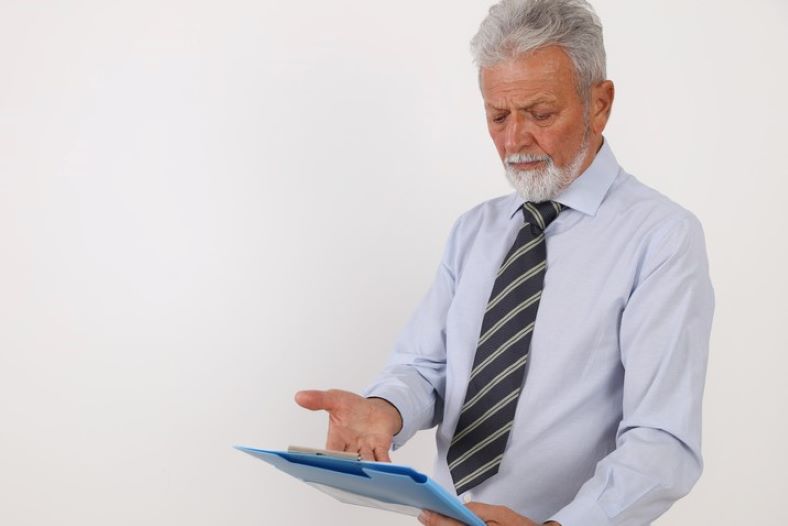
What Is the Reasonable Standard Used To Determine Negligence?
The reasonable standard used to determine negligence is the ordinary person standard. The law doesn’t look at a situation in hindsight. The standard is not what a person could have done better. Instead, the standard is at least the baseline level of care and skill that someone owes to someone else in a situation.
What if Multiple Parties Are Negligent When an Accident Occurs?
It’s common for an accident to be the result of multiple factors. Sometimes, two or more parties did things that fell below the standard of reasonable care. Most states use a comparative negligence standard to evaluate the actions of all parties. That is, it may be possible for a party to recover some compensation even if they are partly to blame for an accident that causes their own injuries.
There are significant variations among states with how compensation works when multiple parties may be at fault. As a litigant, it’s essential to be aware of comparative negligence and be prepared to explain your own actions and argue for your position under the law in effect in your jurisdiction.
RELATED: Comparative Negligence vs. Contributory Negligence
How Can I Build Evidence of Negligence?
The purpose of litigation is for people who have been victimized to get the compensation that they deserve. For that reason, there are court rules to help individuals gather evidence. In addition, parties to litigation are required to exchange information in a process called discovery.
Reluctant witnesses can be issued subpoenas to compel testimony and the production of documentation. The other party may be issued interrogatories to answer questions under oath. In addition, you may conduct your own investigation outside of the discovery process. A personal injury attorney can help you effectively build the evidence and prepare and present it at trial.
Attorneys for Building Negligence in a Legal Claim
Receiving compensation for a personal injury claim requires building the evidence to prove negligence. You may have an attorney assist you in building and evaluating proof of negligence. They can help you understand if negligence has occurred, if a party is legally responsible and what you may stand to recover in compensation.
If you have been hurt in a personal injury accident, let our attorneys for personal injury claims help you understand the process and what you may be able to recover for your damages and suffering. Contact us today to talk about your case.



